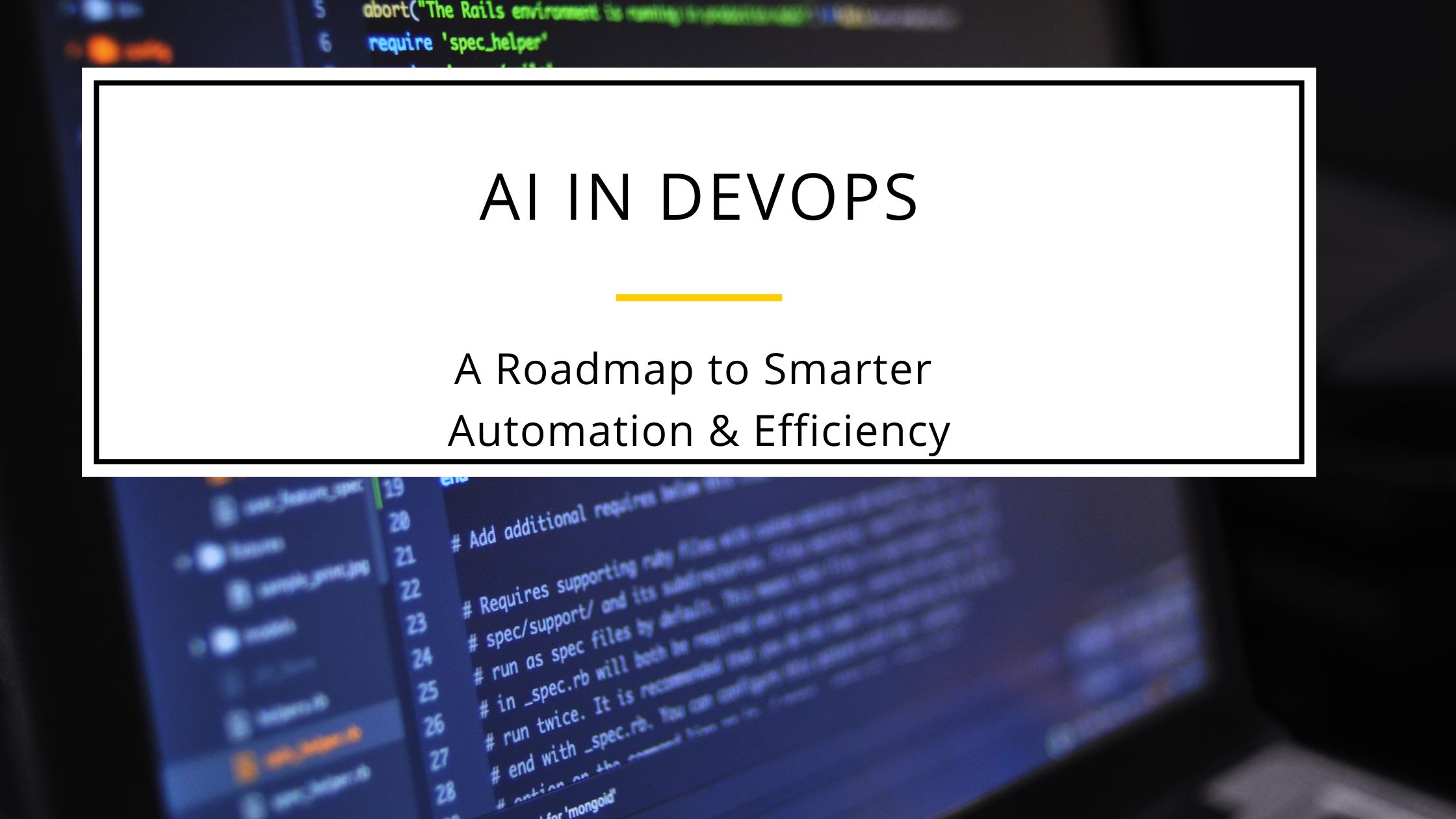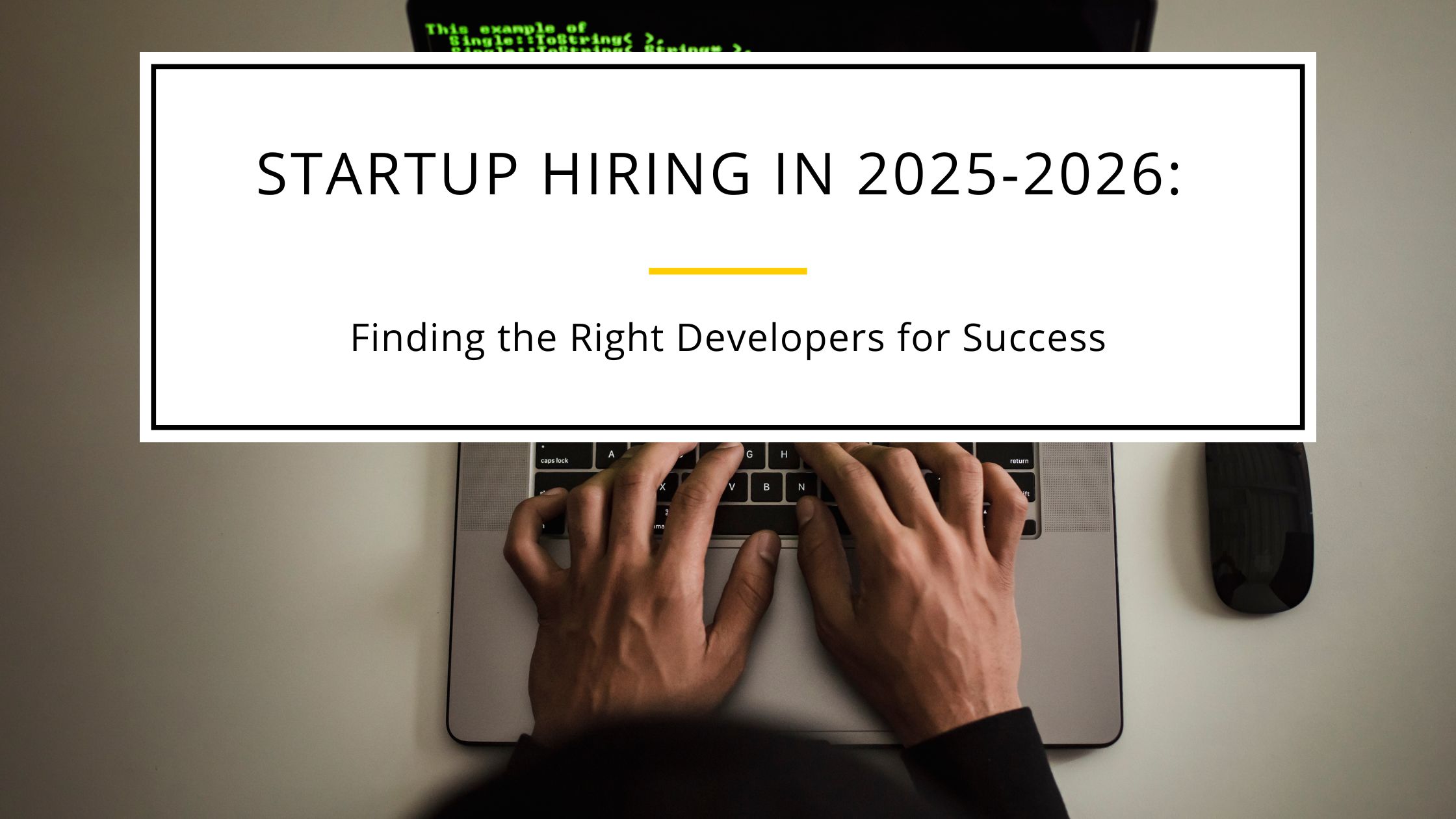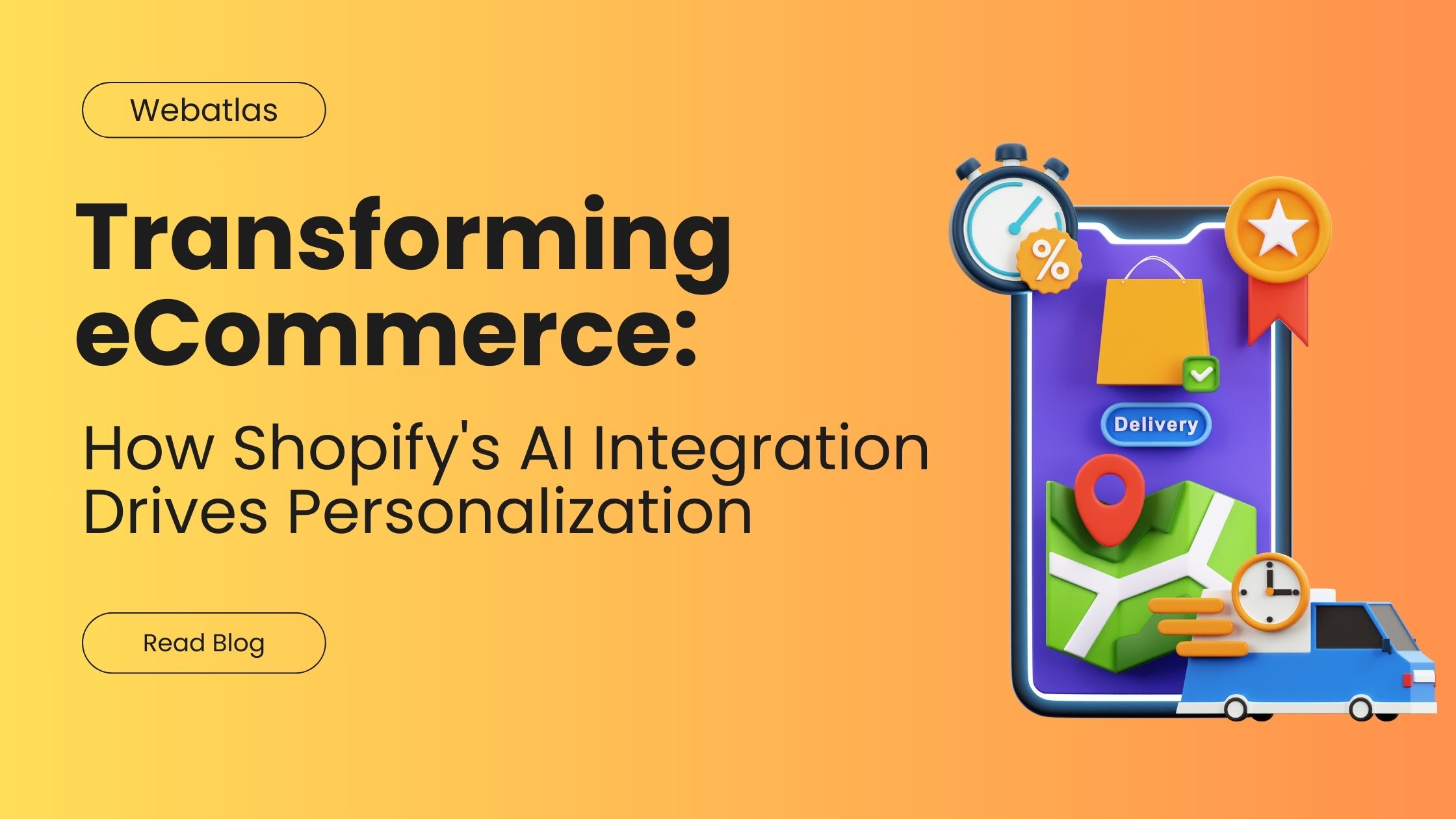The Top Web3 Development Trends to Watch in 2024-25

The year 2024 is shaping up to be a pivotal year for Web3, with the technology poised for wider adoption and integration across various industries. As a leading web development company in India, Webatlas is at the forefront of these advancements, offering comprehensive Web3 development solutions to help businesses harness the potential of this revolutionary technology.
This article explores the top Web3 development trends that are expected to dominate the landscape in 2024-25, providing valuable insights for businesses and developers alike.
1. Metaverse Evolution:
The metaverse, a virtual world where users can interact, work, and play, is rapidly evolving and moving beyond the realm of gaming and entertainment. In 2024-25, we can expect the metaverse to seamlessly integrate into daily life experiences, offering opportunities for:
- Virtual workspaces: Businesses can leverage the metaverse to create immersive virtual workspaces, fostering collaboration and communication among geographically dispersed teams.
- Education and training: Educational institutions can utilize the metaverse to provide interactive and engaging learning experiences, allowing students to explore virtual environments and participate in practical simulations.
- E-commerce: Metaverse platforms can offer new avenues for e-commerce, enabling customers to virtually try on clothes, explore product showrooms, and interact with brands in immersive environments.
2. Cross-Chain Compatibility:
Blockchain interoperability, also known as cross-chain compatibility, refers to the ability of different blockchains to communicate and interact with each other. This is crucial for enabling seamless data and asset transfer across various Web3 applications and protocols. In 2024-25, the focus will shift towards developing robust cross-chain solutions that:
- Break down silos: By enabling interoperability, cross-chain solutions will break down the silos currently existing between different blockchain ecosystems, fostering a more unified and interconnected Web3 landscape.
- Enhance user experience: Seamless data and asset transfer will significantly improve user experience within the Web3 ecosystem, allowing users to move freely between different applications and platforms without technical complexities.
- Unlock new possibilities: Cross-chain compatibility will unlock new possibilities for innovation and collaboration within the Web3 space, leading to the development of more complex and interconnected applications.
3. Decentralized Identity Solutions:
The traditional model of identity management, often controlled by centralized entities, raises concerns regarding privacy and security. Decentralized identity (DID) solutions offer an alternative approach, empowering individuals to manage their own identities securely and privately on the blockchain. In 2024-25, we can expect significant advancements in DID solutions, including:
- Self-sovereign identity: DID solutions will enable individuals to own and control their digital identities, granting them complete autonomy over how their data is shared and used.
- Improved security: By leveraging blockchain technology, DID solutions can offer enhanced security for user identities, mitigating the risk of data breaches and unauthorized access.
- Simplified access: DID solutions can streamline access to various online services and platforms, eliminating the need for multiple usernames and passwords.
4. Energy-Efficient Blockchain Solutions:
The energy consumption of proof-of-work (PoW) consensus mechanisms, traditionally used in many blockchains, has been a major concern for environmental sustainability. As the Web3 ecosystem grows, the need for more energy-efficient solutions becomes increasingly crucial. In 2024-25, we can expect significant progress in the adoption and development of:
- Proof-of-stake (PoS) consensus mechanisms: PoS offers a more sustainable alternative to PoW, significantly reducing the energy consumption required for securing blockchain networks.
- Layer 2 scaling solutions: These solutions help to offload transaction processing from the main blockchain, improving scalability and reducing energy consumption.
- Research into alternative consensus mechanisms: Ongoing research and development efforts are exploring alternative consensus mechanisms that are even more energy-efficient and scalable.
5. Web3 Integration in Traditional Industries:
The potential applications of Web3 extend far beyond the realm of cryptocurrency and finance. In 2024-25, we can expect to see increased integration of Web3 technologies across various traditional industries, including:
- Supply chain management: Blockchain technology can be used to track the movement of goods throughout the supply chain, ensuring transparency, traceability, and efficient logistics management.
- Healthcare: Web3 can empower patients to manage their medical records securely and privately, while facilitating secure data exchange between healthcare providers and institutions.
- Voting and governance: Blockchain-based voting systems can offer increased security, transparency, and accessibility in democratic processes.
Conclusion:
The Web3 development landscape is constantly evolving, presenting exciting opportunities for businesses and developers to innovate and create groundbreaking solutions. By staying ahead of the curve and embracing these emerging trends, companies like Webatlas, a leading product development company.
Recent Post
Let's talk about your project, or just come and say hello!
Webatlas Technologies is the fastest growing web and mobile app development company



